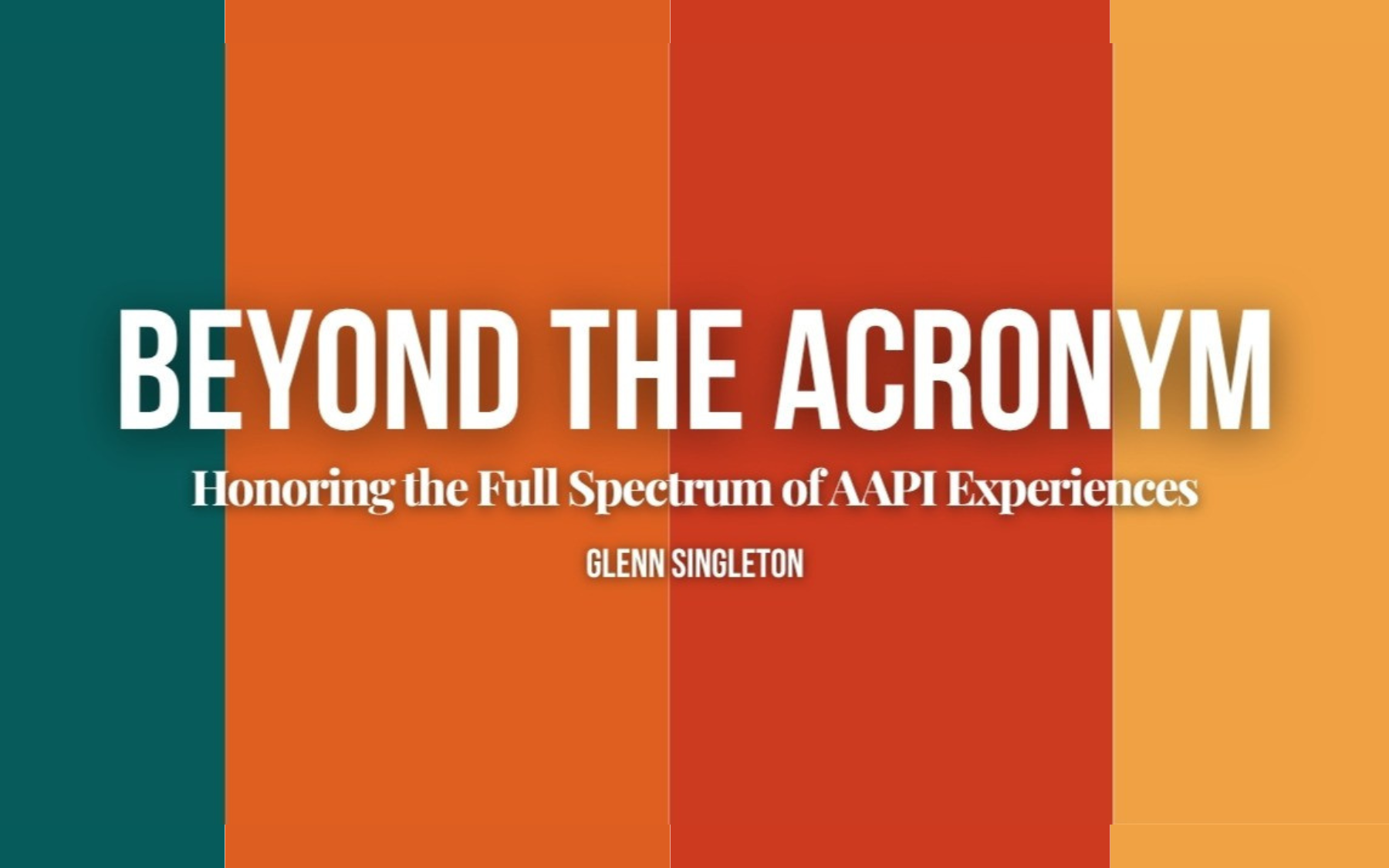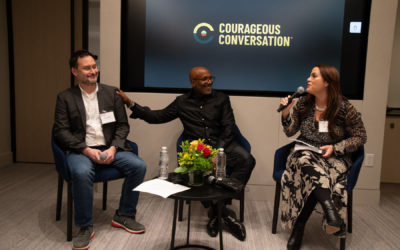By Glenn Singleton—May 28, 2025
In the United States, every May is recognized as Asian American and Pacific Islander (AAPI) Heritage Month, a time dedicated to honoring the immense contributions, histories, and cultures of AAPI communities. And as we celebrate, we must also pause and reflect on a critical truth: there is no singular AAPI experience.
While the initialism AAPI might suggest a single shared story, it represents an umbrella covering more than 50 ethnic groups, over 100 languages, and countless histories shaped by colonization, immigration, displacement, and resilience. From East Asian, Southeast Asian, and South Asian communities to Native Hawaiians, Alaskans and Indigenous peoples from many Pacific islands, each population carries distinct experiences racially, ethnically and nationally. Our way of boxing diverse peoples as a monolith is misleading, minimizing, and harmful.
The consequences of erasure by oversimplification are evident every day. Generalizing the experiences of AAPI ethnicity perpetuates stereotypes like the model minority myth, which have long been used to separate communities of color and silence the specific struggles of AAPI peoples. It also undermines and overlooks the deep inequities they face in health care, the trauma that continues to ripple through Southeast Asian refugee families, and the layered identities that challenge the idea of a single AAPI narrative.
Courageous Conversation® calls us to dig deeper. It reminds us that meaningful dialogue requires more than surface-level reflection and inquiry. Our Compass asks us to locate ourselves, listen with humility, and seek out the full complexity of others’ truths. This means personalizing race in our dialogues and recognizing how it intersects with ethnicity, nationality, and history to shape our lived experience.
This work is not just about awareness; it’s about accountability. It’s about refusing to check the box with a single event or post and committing to ongoing conversations that honor the depth and breadth of AAPI communities. It’s about asking: Who is telling our stories, and whose stories are we telling? Who and what is missing from the narrative? And how do we ensure that multiple voices and perspectives are sought, heard, and valued?
Read more on LinkedIn.




